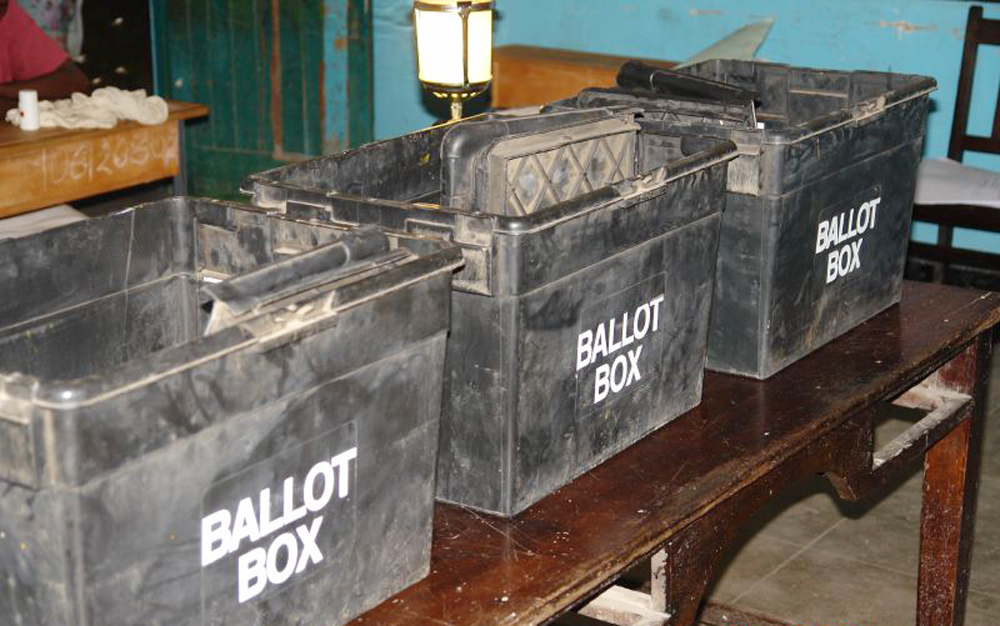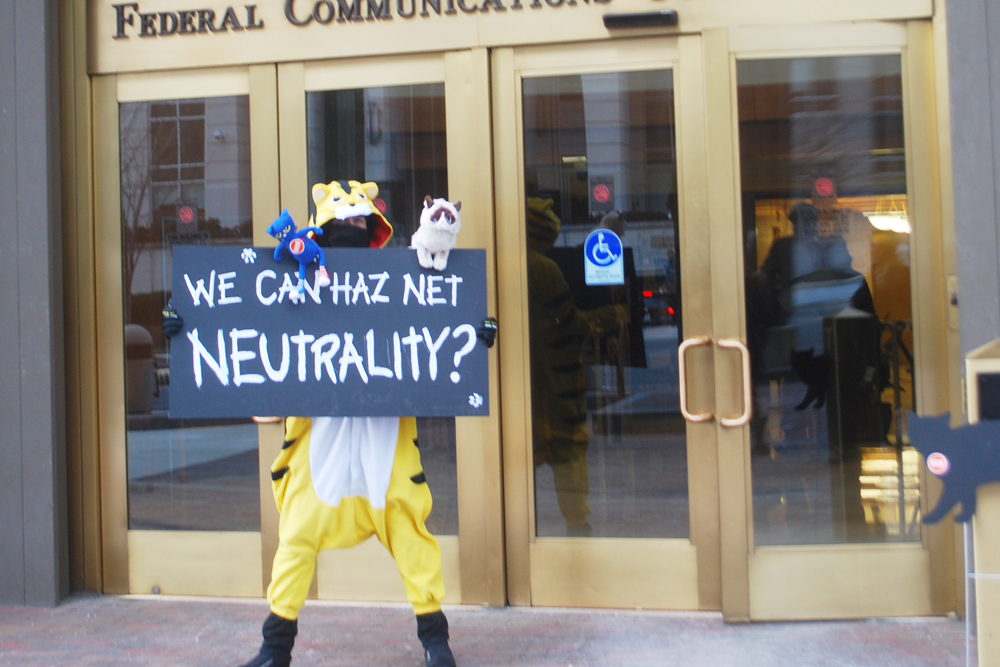On Feb. 12, over 500 college students from all over Oregon went to Salem in order to show their support for higher education on the steps of the capitol building.
The primary goal of the rally was to try and secure an allotted $755 million for public universities and $560 million for community colleges in the 2015–17 state budget in order to ensure a two-year tuition freeze. Without this government support, tuition at Portland State could go up nearly 10–12 percent in the upcoming years.
For students, a tuition freeze seems like a no brainer. Higher tuition would ultimately mean more loans, and students are already struggling in order to afford school. The primary problem is that many people in the state of Oregon don’t see the value of investing tax dollars for education.
Over the course of 10 years, funding per student here in Oregon has decreased by 32 percent. Adjusted for inflation, this means that on average the state of Oregon contributed $5,663 per student in 2002 compared to only $3,650 in 2012.
If you look at how student loan debt is affecting students, it would be foolish to think that raising tuition and lowering state funding would be an appropriate response. Student debt is not only bad for students, it’s bad for the economy.
On average, students graduate with more than $25,000 in debt, which is a huge burden they must carry when they enter the professional world. Some economists believe that many sectors of the economy are slow to recover due to the massive student loan debt.
Prior to the fall of the housing market, the U.S. was producing 1.4 million new households annually. During the recession, this plummeted to only 500,000. However, while the market is slightly recovering, the figure remains at 700,000.
Students who graduate with loan debt are less likely to buy a car, take out a mortgage or contribute in a solid way to the national and local economies. Probably because student loan debt has exceeded $1 trillion and the number is climbing.
Eighty-one percent of borrowers with the most debt have private loans with interest rates at over 8 percent. Many of these loans cannot be discharged in bankruptcy, and they are often difficult to refinance, which makes them the enemy of economic recovery. A snapshot on consumer debt released by TransUnion shows that student loan debt has grown 150 percent since 2005.
College graduates are coming out of school with no disposable income and don’t have good credit scores, often forcing them to move back in with their parents or stay in cheap, affordable housing with lots of roommates. Meanwhile, lenders of student loans are able to garnish wages and social security benefits, which further puts college students in a disparaging financial situation.
However, while private loans play a large role in this crisis, federal loans are also becoming a huge a burden on students. At the start of the 2014–15 academic year, the interest rates for federal undergraduate loans were 4.66 percent, 6.2 percent for graduate students and 7.2 percent for parents borrowing through the PLUS program. These rates are only projected to go up in the coming years.
According to a study conducted by Wells Fargo, nearly 4 out of every 10 millennials are overwhelmed by economic debt, with a large portion of them using up to 50 percent of their monthly paycheck to pay off debt.
I have no real solution for this whole problem, but clearly the answer does not lie in raising tuition, raising interest rates and continuing down the road we’re on. I would encourage the Oregon State legislature to invest more money in the future of our students, which, in turn, might just be the push our economy needs.
I am actually for free higher education, and while I think access to education should be a basic right, I also think the university system should be a bit more selective when it comes to admission. Universities should be invested more in contributing to their individual fields, conducting research and crafting future professionals and academics, not about admitting any liberal studies major whose wallet they know they can suck dry. But that’s a topic for another article.
Surprisingly, rather than looking at these trends and spiraling out into an alcohol-infused depression, millennials are hopeful about the future. Nearly 72 percent are certain that they’ll be able to pay off their loans and save enough to have their ideal lifestyle.
I guess this unrealistic hopefulness is the reason only 500 students showed up at the capitol this week.







This is way more helpful than antihyng else I’ve looked at.